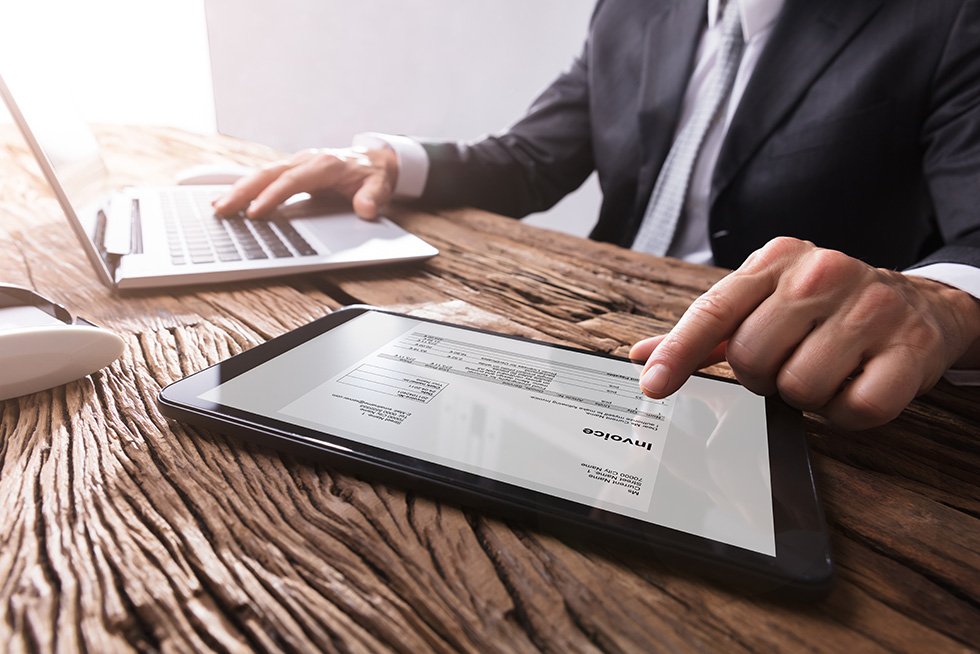When we think about automation, it’s easy to consider only the most painful manual processes. Your decision-makers wait weeks for accountants to consolidate financial reports. Your CPAs spend days doing mind-numbing data entry, or anywhere between days and weeks reconciling your bank accounts by hand.
Some manual processes have massive, near-term implications for your business. Others pose a cumulative threat to your organization’s efficiency. In either case, automation provides a path forward.
Today I’ll explore how automation impacts a process from the latter category: invoicing.
Let’s examine two stages of the invoicing process: generation and distribution.

I. Generation
1. Recurring billing
Suppose that your organization invoices some customers at regular and others at irregular intervals. You might need copy paper every day but business cards just once or twice a year. With an automation solution like Xledger, you can automatically generate recurring invoices for some accounts without affecting others.
2. Sales order to invoice
Some intervals will be so small (i.e. daily or twice-daily) that it makes sense for your business to issue sales orders at the time and combine them into invoices later. In Xledger, you can automate this: just identify the accounts and the time interval, and the system will create a single invoice from multiple sales orders.
3. Documentation
In order to prevent disputes, Xledger allows you to attach supporting documentation to an invoice. You can attach digitized sales orders, receipts from different stages of the manufacturing process, and so on.

II. Distribution
Once you have an invoice, Xledger offers you five distinct ways to distribute it. Most of them involve some degree of automation.
1. System invoice
If the entity you’re invoicing is also an Xledger customer, you can skip most of the hassle with a system invoice within Xledger.
2. Portal invoice
If the other party is not an Xledger customer, you have several options. One is to create a customer portal within Xledger. Your customer can login and see the amount you have invoiced to them.
3. Batch email
You can also direct the Xledger system to email invoices to customers on your behalf. For additional time savings, you can specify certain types of invoices that Xledger should automatically distribute once generated.
4. PDF invoice
If you prefer the old-fashioned way, Xledger will generate a PDF invoice for you to print and mail, email, or hand-deliver.
5. Service Center
If you want the invoice mailed but can’t spare the time, turn to Xledger’s automated service center. For a small fee, Xledger will print, label, envelope, and mail your invoice from our central hub.

In accounting, automation requires accountability. The right solution will eliminate a broad spectrum of frustrating manual tasks.
But it should keep you firmly in control of your financial processes.
Your financial automation system should work for you. Never the other way around.
Check out our other blogs on bank reconciliation, workflow, dashboards, flex screens, and consolidated reporting.

